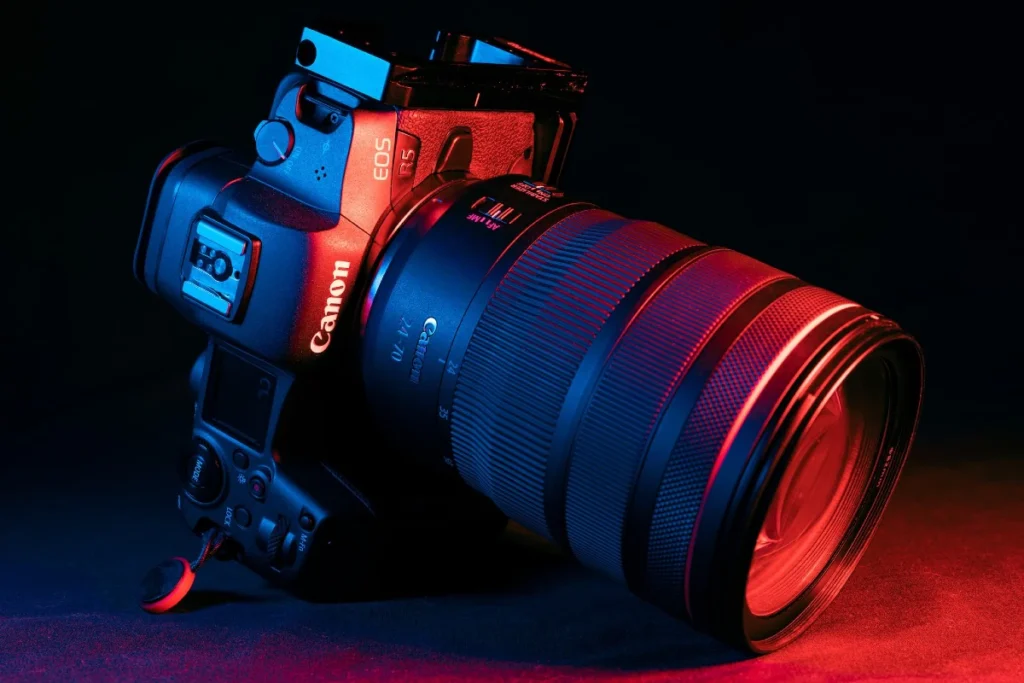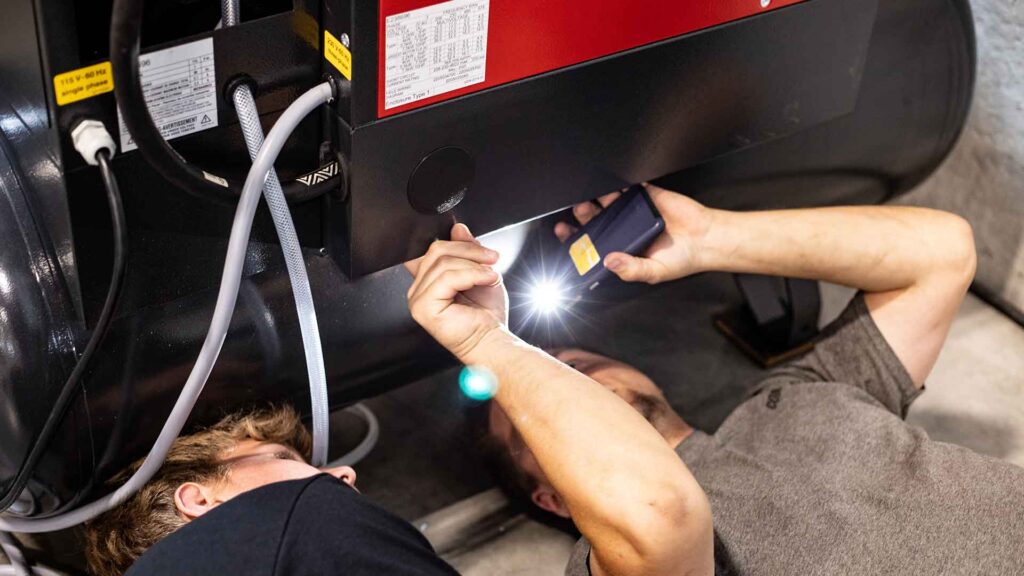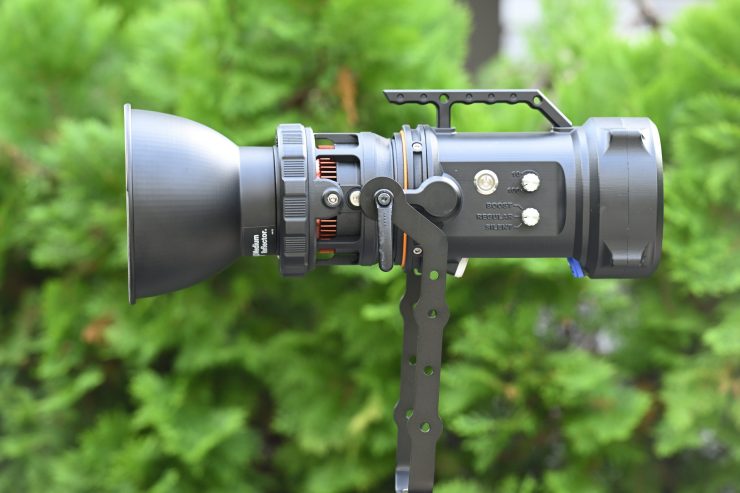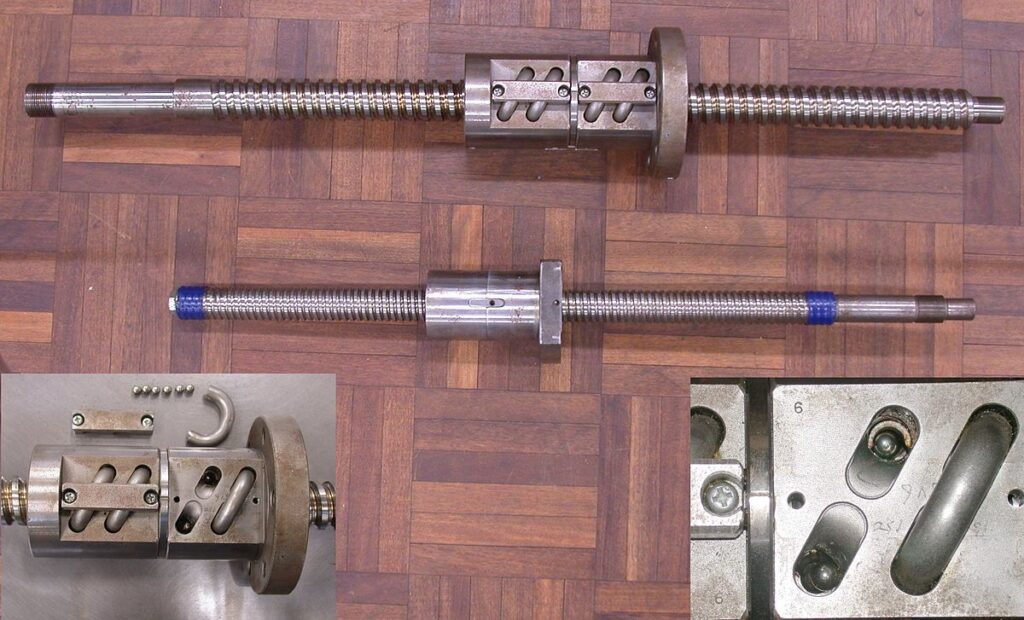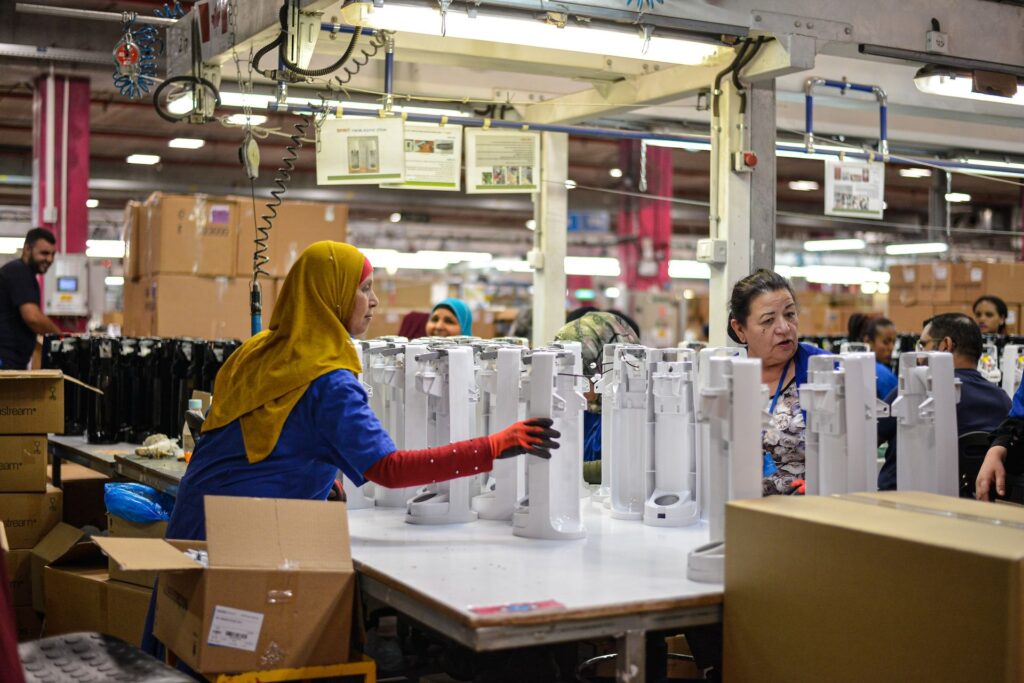
What Is Plastic Manufacturing?
Plastic manufacturing encompasses many processes and techniques designed to create plastic products from raw materials. The primary goal is to transform polymers, which are large molecules composed of repeating subunits, into usable items. These processes can vary considerably based on the type of plastic, the design’s complexity, and the final product’s intended application.
Plastic manufacturing primarily uses raw materials derived from petrochemicals. However, the trend is increasingly shifting towards using bioplastics made from renewable resources. Additives such as plasticizers, stabilizers, and colorants are often mixed with the base polymer to enhance performance and achieve desired properties. For instance, plasticizers can make the plastic more flexible, stabilizers can improve its heat resistance, and colorants can provide the desired aesthetic.
Types of Plastics
There are two main categories of plastics used in manufacturing: thermoplastics and thermosetting plastics. Understanding these categories remains crucial to choosing the suitable material for a project.
Here’s a brief rundown of the various plastic materials used in manufacturing:
Thermoplastics can melt and get reshaped multiple times, making them highly versatile and recyclable. Common examples include:
- Polyethylene (PE): This material is often used for plastic bags, bottles, and toys due to its flexibility and durability.
- Polypropylene (PP): PP is a rigid, chemical-resistant material popular for automotive parts, textiles, and packaging.
- Polyvinyl Chloride (PVC): PVC is a common material in construction materials such as window frames, flooring and pipes because of its strength and resistance to weathering.
Thermosetting Plastics, once cured, cannot be remelted. They are used in applications requiring heat resistance and structural integrity. Examples include:
- Epoxy: Epoxy is widely used in adhesives, coatings, and composite materials for its excellent mechanical properties and chemical resistance.
- Phenolic: Commonly used for electrical insulators and household items due to its strength and high heat resistance.
- Polyurethane: Found in foam seating, insulation panels, and elastomeric wheels and tires because of its versatility and durability.
Key Considerations for Plastic Manufacturing
close-up image of new plastic jar bottle molds
When embarking on plastic manufacturing, you must consider several crucial factors to ensure the success and efficiency of your project. Understanding the following key aspects will enable you to make informed decisions and enhance your manufacturing process.
Cost
Cost is a fundamental consideration in plastic manufacturing, encompassing several components, including material costs, labor, equipment, and overheads. Managing costs effectively begins with material selection, as different plastics have varying costs. Thermoplastics like polyethylene and polypropylene are generally more affordable while engineering plastics such as polycarbonate and polyamide can be more expensive. Thus, choosing the suitable material for your application can positively impact your budget.
Tooling costs are another critical factor. The initial costs for processes like injection molding are substantial but amortized over large production runs, making them more economical in the long term. Furthermore, automation can reduce labor costs, which requires an initial investment in machinery and technology.
Quantities
The quantity of products required influences the choice of manufacturing process. Understanding the production volume needed helps select the appropriate manufacturing method that aligns with your budget and timeline. For small batches or prototypes, 3D printing and rapid tooling are cost-effective options, allowing for quick turnaround times and flexibility in design changes. Medium-scale production is well-suited to thermoforming and extrusion, balancing cost and efficiency. For mass production, injection and blow molding are ideal, providing high precision, repeatability, and cost savings at scale.
Quality
Quality is crucial in plastic manufacturing because it directly influences the performance and safety of the final plastic component. Material properties must meet your application’s mechanical, thermal, and chemical requirements. For instance, UV-resistant plastics are crucial for outdoor applications, while biocompatible plastics are essential for medical devices.
The desired surface finish also influences the choice of the manufacturing process, as injection molding can produce smooth, high-quality surfaces. At the same time, 3D printing might require post-processing to achieve the same finish. Implementing rigorous quality control measures, such as dimensional checks, mechanical testing, and visual inspection, ensures consistency and adherence to specifications.
Customization and Flexibility
In today’s market, customization and flexibility are valuable assets. Adapting to specific customer needs and market trends can set you apart. Technologies like 3D printing and CNC machining provide significant design flexibility, allowing manufacturers to produce plastic components with intricate detail and complex geometries that might be challenging to achieve with other less sophisticated manufacturing methods. For custom or limited-edition products, low-volume manufacturing methods like rapid tooling and 3D printing provide the flexibility to produce small batches without prohibitive costs.
Best Methods for Plastic Manufacturing
In plastic manufacturing, selecting the appropriate method depends on factors such as production volume, cost, and design complexity. Here, we’ll discuss three primary methods, detailing each method’s process, applications, and benefits.
Injection Molding
plastic injection molding machine
Injection molding is a prevalent manufacturing technique for producing large volumes of plastic parts. This method entails injecting molten plastic into a pre-designed mold cavity, which cools and solidifies into the final part.
The process starts with the mold design, typically steel or aluminum. The mold comprises two halves: the cavity and the core. When the mold closes, it forms a hollow space into which the molten plastic is injected. After the plastic solidifies and cools down, the mold opens, and the part is ejected. This rapid production capability allows for quickly manufacturing thousands, or even millions, of parts.
Benefits
- High Efficiency: Injection molding offers a fast production cycle, with some parts taking only seconds to produce. This makes it suitable for high-volume manufacturing.
- Consistency: Precision molds ensure that each part is identical, which is crucial for maintaining quality and consistency.
- Material Versatility: Injection molding supports many materials, including thermoplastics, thermosetting plastics, and elastomers. This allows manufacturers to choose materials that best suit their product’s requirements.
However, the initial cost of creating the molds can be high, making injection molding more suitable for large production runs where the cost can be amortized over thousands or millions of parts.
Applications
Injection molding is ideal for the mass production of complex and detailed plastic parts. It is commonly used in industries such as automotive, consumer electronics, medical devices, and packaging. Manufacturers typically use this method to fabricate products like car dashboards, mobile phone housings, and medical syringes.
Rapid Tooling
CNC milling machine cutting the engineering plastic material part by solid ball end-mill tool
Rapid tooling is also a plastic manufacturing technique that bridges the gap between prototyping and full-scale production. This method involves creating molds or tools quickly using advanced manufacturing technologies like 3D printing, CNC machining, or hybrid approaches.
The process begins with designing the tool or mold using CAD software. The design is then manufactured using rapid prototyping techniques. This could involve 3D printing the mold directly or using CNC machines to create mold inserts. Engineers then use these rapid tools to produce parts in an injection molding process.
Benefits
- Reduced Lead Time: Rapid tooling significantly reduces the time needed to create molds, enabling faster production starts. This is essential for companies looking to bring products to market quickly.
- Lower Initial Cost: Rapid tooling uses less expensive materials and faster production methods, reducing overall tooling costs compared to traditional tooling.
- Design Flexibility: With rapid tooling, manufacturers can quickly iterate on designs, making refining and improving products before full-scale production easier.
While rapid tooling may not offer the same durability as traditional molds, it is sufficient for shorter production runs and prototype development. As a result, transitioning to conventional injection molding molds may still be necessary for high-volume production.
Applications
Rapid tooling is ideal for small to medium production runs, pilot production, and prototyping. It is commonly used in industries that require quick turnaround times and flexible production options, such as consumer electronics, medical devices, and aerospace.
3D Printing
a 3D printing machine at work
3D printing, or additive manufacturing, has transformed how we approach plastic manufacturing. This precise manufacturing technology constructs objects layer by layer, using materials such as thermoplastics, resins, and even metals.
The process usually begins with creating a 3D model using CAD software. The model is then divided into thin layers, and the 3D printer constructs the object layer by layer, depositing material precisely according to the digital design.
Benefits
- Complex Geometries: 3D printing allows for creating intricate designs and complex geometries that would be cost-prohibitive or impossible with other methods.
- Customization: This method is ideal for producing customized parts and small production runs, as it does not require molds or tooling. Designers can quickly create prototypes to test form, fit, and function, making it easier to refine designs before committing to full-scale production.
- Rapid Prototyping: 3D printing excels at producing prototypes quickly, allowing for rapid iteration and refinement of designs. Manufacturers can produce parts as needed, which, in turn, helps eliminate the need for large inventories and reduce storage costs. This just-in-time manufacturing approach is particularly advantageous for businesses with fluctuating demand or those producing limited-edition or customized products.
However, 3D printing has limited production speed and material properties. It is generally slower than injection molding, making it less suitable for high-volume production. Additionally, 3D-printed parts may require post-processing to achieve the desired surface finish and mechanical properties.
Applications
3D printing is highly versatile and is used for prototyping, custom manufacturing, and producing complex parts that are difficult or impossible to make with traditional methods. Industries such as aerospace, medical, automotive, and consumer products frequently use 3D printing.
Conclusion
Choosing the best plastic manufacturing method depends on your project’s needs and goals. Injection molding offers high efficiency and consistency for large-scale production. Rapid tooling provides flexibility and speed, ideal for prototypes and small batches. 3D printing, on the other hand, shines in creating intricate, custom parts and rapid prototyping. By understanding these methods and their benefits, you can make informed decisions that will help enhance the quality and efficiency of your manufacturing process.
Are you seeking a precision manufacturer to elevate your plastic manufacturing projects? Look no further! At Zintilon, we specialize in injection molding, rapid tooling, and 3D printing, providing tailored solutions and exceptional quality. Contact us today to optimize your production process and achieve outstanding results.

